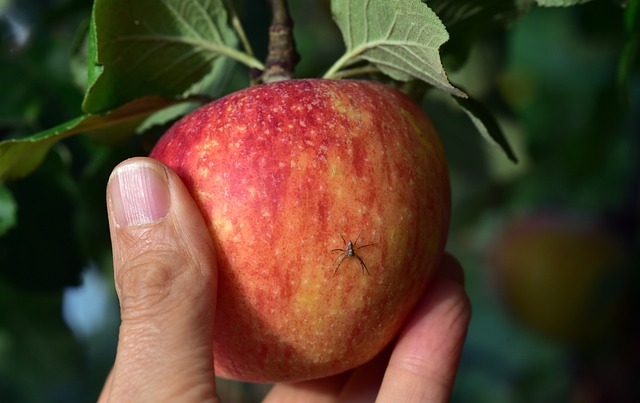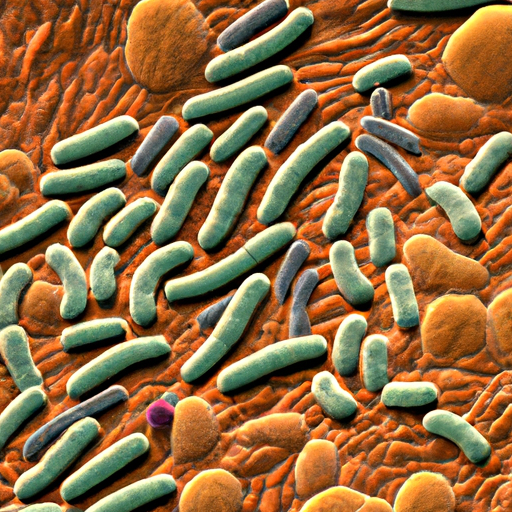The guide titled 'The Hidden Dangers Lurking in Your Carpets: A Must-Read Guide' reveals the often overlooked hazards that could be nestling in your carpets. From allergens to bacteria, the guide explores the different types of dangers hidden in plain sight and provides practical suggestions to maintain a healthy and clean carpet.
1. 'What Lies Beneath: Do You Know What's in Your Carpet?'
Every day, we walk on our carpets, lay on them, and let our children play on them without giving much thought to what might be lurking beneath the surface. It's time to shed light on the hidden dangers that could be present in your carpets.
- Chemical Residues:
Did you know that carpets can contain harmful chemicals? Many carpets are treated with stain-resistant chemicals, flame retardants, and adhesives that can release toxic fumes into the air we breathe. These chemicals can be especially problematic for individuals with respiratory conditions or allergies. It's essential to be aware of the materials used in your carpets and choose safer alternatives if possible. - Dust Mites and Allergens:
Carpets provide the perfect environment for dust mites, microscopic creatures that thrive in warm and humid conditions. These tiny pests feed on dead skin cells and can trigger allergies or asthma symptoms in susceptible individuals. Additionally, carpets can accumulate allergens such as pet dander, pollen, and mold spores, further exacerbating respiratory issues. Regular cleaning and maintenance are crucial to keep these allergens at bay. - Volatile Organic Compounds (VOCs):
Many carpets are made from synthetic materials that release volatile organic compounds (VOCs) into the air. These chemicals can have both short-term and long-term health effects, including eye and respiratory irritation, headaches, and even damage to the liver, kidneys, and central nervous system. Proper ventilation and choosing low-VOC or natural fiber carpets can help reduce exposure to these harmful substances.
1. An illustration showing a cross-section of a carpet filled with allergens, dust mites, and bacteria
2. 'Dirty Secrets: How Often Should You Really Clean Your Carpets?'
Keeping your carpets clean goes beyond the occasional vacuuming. The truth is, carpets can harbor dirt, dust, allergens, and even microscopic organisms that are invisible to the naked eye. So, how often should you really clean your carpets?
The frequency of carpet cleaning depends on several factors. First and foremost, consider the amount of foot traffic your carpets endure. High-traffic areas such as entryways, living rooms, and hallways will naturally accumulate more dirt and debris and require more frequent cleaning. On the other hand, carpets in bedrooms or less frequently used areas may not need cleaning as often.
Another factor to consider is the presence of pets or young children in your home. Pets shed hair and dander, and accidents can happen, leaving stains and odors. Similarly, young children may spill food or drinks, leading to stains and potential bacteria growth. In these cases, it is important to clean your carpets more frequently to maintain a healthy and hygienic environment.
Additionally, if any family members suffer from allergies or respiratory conditions, regular carpet cleaning is essential. Allergens and irritants can become trapped in the carpet fibers, triggering symptoms and reducing indoor air quality. Cleaning your carpets at least once every six months can help alleviate these issues and promote a healthier living space.
3. 'A Breeding Ground for Bacteria? The Unseen Life Thriving in Your Carpets'
Your carpets may appear clean on the surface, but what lies beneath can be a breeding ground for bacteria and other microscopic organisms. These unseen invaders thrive in the warm, moist environment created by dirt, spills, and humidity.
One of the primary concerns is the presence of harmful bacteria. As we walk on our carpets, we bring in dirt, pet waste, and other contaminants from the outside world. These substances can harbor bacteria such as E. coli and Salmonella, which can pose serious health risks, especially if you have young children or pets who spend a lot of time on the floor.
Furthermore, carpets can also become infested with dust mites. These tiny creatures feed on dead skin cells and thrive in the fibers of your carpet. Dust mites are a common allergen and can trigger symptoms such as sneezing, coughing, and itchy eyes, particularly for individuals with allergies or asthma.
In addition to bacteria and dust mites, mold and mildew can also take hold in your carpets. If your carpets have been exposed to moisture from spills, leaks, or high humidity, they can provide the perfect breeding ground for mold growth. Mold spores can be released into the air and cause respiratory issues, allergies, and even lead to more severe health problems in some individuals.
3. A microscopic close-up image of bacteria found in carpets
4. 'Breaking Free: How to Effectively Clean Your Carpets and Reduce Risks'
Regular and proper cleaning of your carpets is essential to reduce the risks associated with hidden dangers lurking within them. Here are some effective methods to break free from these threats and maintain a healthier environment in your home.
First and foremost, vacuuming should be a regular part of your carpet maintenance routine. Aim to vacuum at least once a week, focusing on high-traffic areas, as well as under furniture and along baseboards. Use a vacuum cleaner equipped with a high-quality filter to effectively capture smaller particles and allergens.
In addition to regular vacuuming, consider steam cleaning your carpets every few months. Steam cleaning, also known as hot water extraction, is a highly effective method to deep clean your carpets. It involves using hot water and a cleaning solution to penetrate the carpet fibers, loosening dirt, bacteria, and allergens. The powerful suction of the steam cleaner then extracts the debris, leaving your carpets cleaner and fresher.
For stains and spills, it's crucial to act quickly. Blot the area with a clean cloth or paper towel to absorb as much liquid as possible. Avoid rubbing the stain, as it can spread and push it deeper into the carpet fibers. Once the majority of the stain has been absorbed, treat it with a carpet stain remover or a mixture of mild detergent and water. Gently blot the stained area until the stain is lifted.
Finally, consider implementing preventive measures to reduce the amount of dirt and contaminants entering your home. Place doormats at the entrances to trap dirt and encourage guests to remove their shoes upon entering. Regularly clean and groom your pets to minimize shedding and the introduction of pet allergens into your carpets.
Dangers Lurking in Carpets Guide:
| Hazard | Signs | Cause | Prevention |
|---|---|---|---|
| Allergens | Itching, sneezing | Dust, pollen, pet dander | Regular vacuuming |
| Bacteria | Foul odors, discoloration | Dirt, spills, pet waste | Frequent cleaning and disinfecting |
| Mold | Musty odor, visible growth | Excess moisture, humidity | Humidity control, quick drying |
| Insects | Bites, shed skins, eggs | Furniture, shoes, pets | Regular vacuuming, cleaning |
In conclusion, it's imperative to take the cleanliness of your carpets seriously. Not only can it impact your home's aesthetic, but it can significantly affect your health. Equipped with the knowledge from this guide, you're now ready to tackle these hidden dangers and ensure a safer and cleaner living space.



